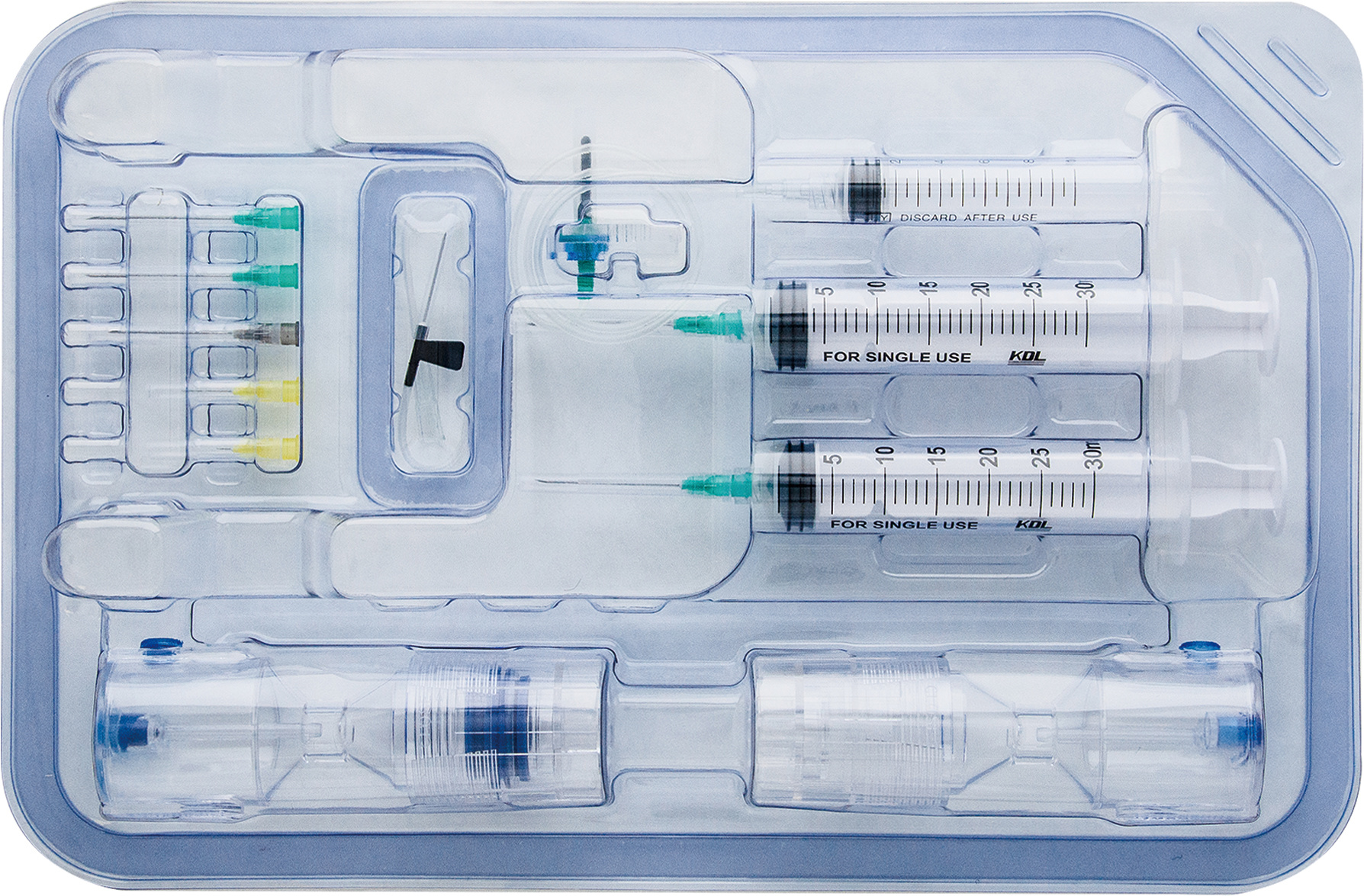
News
Platelet-Rich Plasma: A New Dawn for the Treatment of Diabetic Foot
07 Jul,2025

Globally, the number of diabetic patients continues to rise, and diabetic foot, as one of the severe complications of diabetes, has a non-negligible incidence rate. Statistics show that approximately 15% of diabetic patients worldwide are troubled by diabetic foot. In China, among diabetic patients over 50 years old, the one-year incidence rate of diabetic foot reaches 8.1%, and the total amputation rate is as high as 19.3%, which seriously threatens patients' quality of life and limb integrity.
Diabetic foot can lead to foot ulcers and gangrene, causing patients to suffer enormous physical pain. Basic activities such as walking and standing are restricted, making it difficult for them to take care of themselves in daily life. As the condition deteriorates, there may be a risk of amputation. Amputation not only causes physical disability to patients, but also deals a heavy blow to their psychology, increases the mortality rate of patients, and brings huge economic burdens to families and society.
Understanding Platelet-Rich Plasma
Platelet-rich plasma (PRP) is a platelet concentrate extracted from a patient's own whole blood through special centrifugation technology, with a platelet concentration 4 to 6 times higher than that in normal blood. PRP contains various growth factors, as well as bioactive substances such as cytokines and antimicrobial peptides. These components play a key role in the process of tissue repair and regeneration.
The Shuangwei Biotechnology PRP kit has the following advantages:
Convenient Operation and Precise Concentration
- The unique design of consumables improves the efficiency of preparation.
- Precise concentration can be achieved through mode selection.
Fully Enclosed and Pollution-Free
- The separation and suction process is fully enclosed and free of pollution.
Fully Automatic
- The preparation and suction processes are fully automated.
Intelligent Component Adjustment
- Consumables can achieve the preparation of leukocyte-poor PRP, leukocyte-rich PRP, and meet the preparation requirements for different red blood cell contents.
The product has 2 specifications of preparation devices, 15ml/30ml. According to the number of preparation devices and the specifications of collection needles, there are a total of 16 specification models.

The Principle of Platelet-Rich Plasma (PRP) in the Treatment of Diabetic Foot
When activated, platelets in PRP release various growth factors. For example, platelet-derived growth factor (PDGF) can stimulate cell proliferation and differentiation, promote the division and renewal of damaged tissue cells, and accelerate tissue repair.
Vascular endothelial growth factor (VEGF) can promote the growth and migration of vascular endothelial cells, facilitate the formation of new blood vessels, provide sufficient blood supply to damaged tissues, and accelerate the healing process.
PRP contains white blood cells, which have strong antibacterial capabilities. They can identify and phagocytize invading bacteria, effectively inhibiting bacterial growth and reproduction.
PRP can stimulate the activity of vascular endothelial cells, promote vascular dilation and neovascularization, and improve local blood circulation. Good blood circulation can timely deliver sufficient oxygen and nutrients to tissues, remove metabolic waste, provide the necessary material basis for tissue repair and regeneration, and accelerate the healing of diabetic foot wounds.
Relevant clinical studies have shown that the use of platelet-rich plasma (PRP) in the treatment of diabetic foot significantly shortens the wound healing time. Compared with traditional treatment methods, the average healing time is reduced by 10-14 days. PRP treatment can decrease the infection rate of diabetic foot from 25%-40% in traditional treatment to 10%-15%, with an absolute reduction of approximately 15-25 percentage points. The amputation rate has also been significantly reduced, effectively improving the quality of life of patients and alleviating their pain and economic burden.
Advantages of Platelet-Rich Plasma (PRP) Therapy
PRP is derived from the patient's own blood, eliminating the risk of immune rejection and disease transmission, making it highly safe.
Numerous clinical practices have proven that PRP therapy for diabetic foot effectively shortens the rehabilitation period, enabling patients to recover faster, reducing hospital stay, and lowering medical costs.
It can provide personalized and precise treatment plans based on each patient's specific condition, ensuring the safety and effectiveness of treatment while better meeting the patients' therapeutic needs.
With the continuous in-depth research on platelet-rich plasma (PRP) and the advancement of technology, its application prospects in the field of diabetic foot treatment will become broader. It is expected to be combined with other advanced treatment technologies, such as stem cell therapy and gene therapy, to provide more comprehensive and effective treatment plans for diabetic foot patients, further reducing the amputation rate and improving patients' quality of life.
At present, the problems existing in PRP treatment for diabetic foot include the relatively high treatment cost, which limits its use for some patients; the preparation technology and treatment specifications still need to be further unified and improved to ensure the stability and reliability of treatment effects. To address these issues, on the one hand, it is necessary to strengthen technological research and development, reduce treatment costs, and improve the accessibility of treatment; on the other hand, it is essential to establish unified preparation technical standards and treatment specifications, strengthen the training of medical staff, and improve the level of treatment.
Previous article
Related News
PRP Technology – Repair and Anti-Aging
2025-10-14
Clinical Application of PRP in Dermatology
2025-10-10
